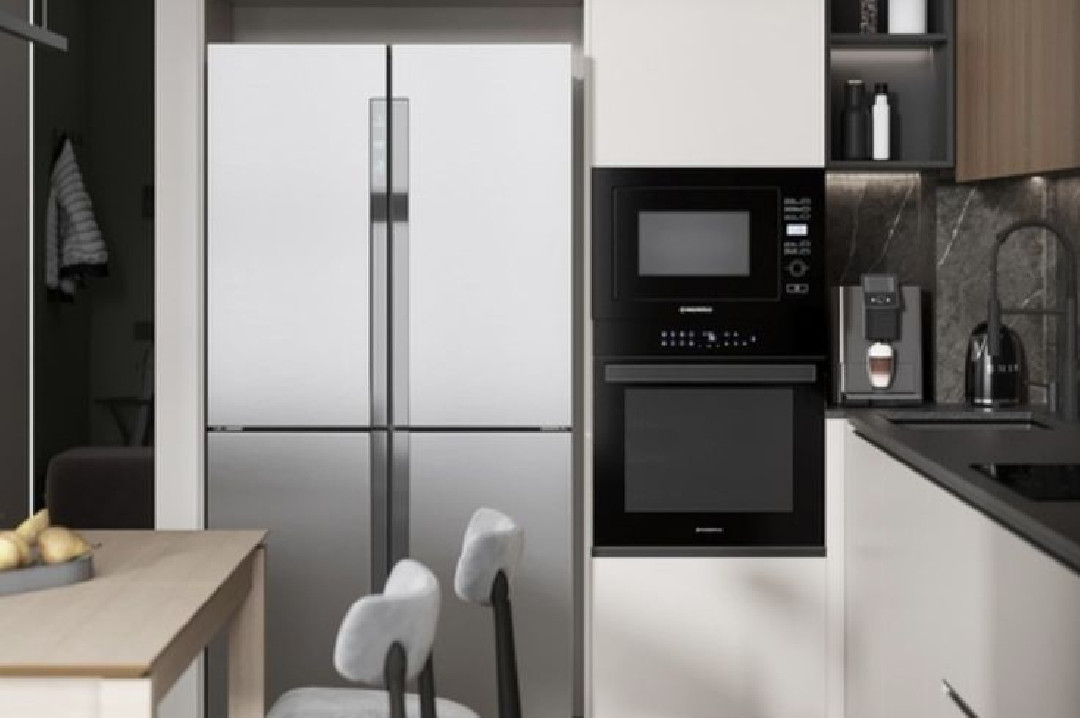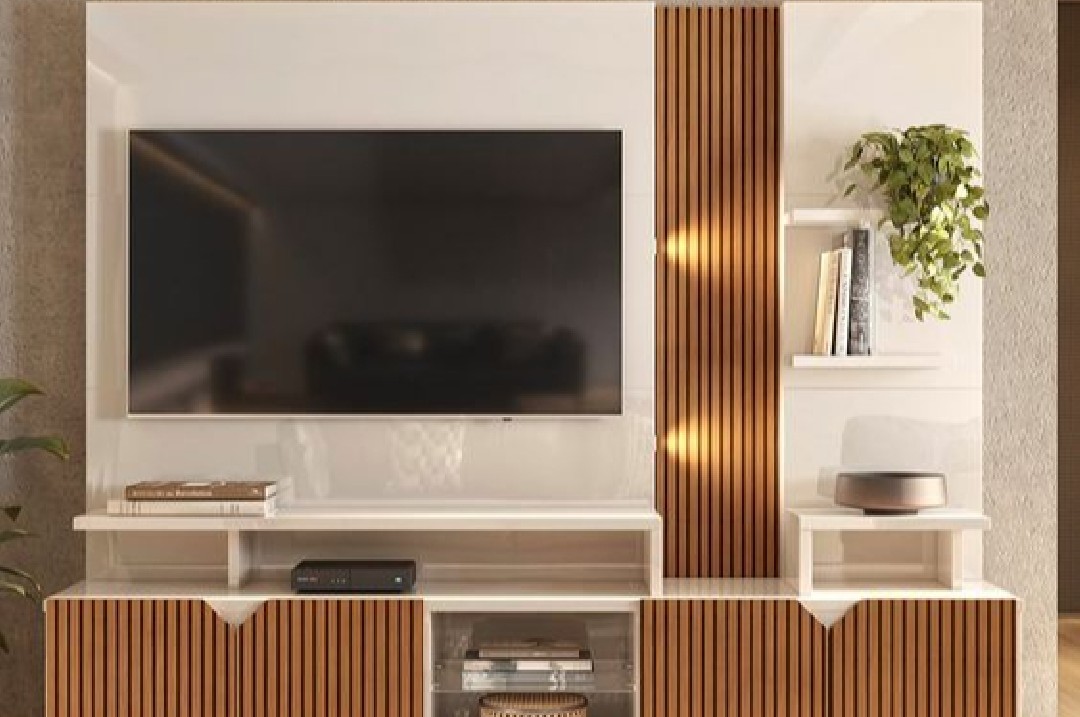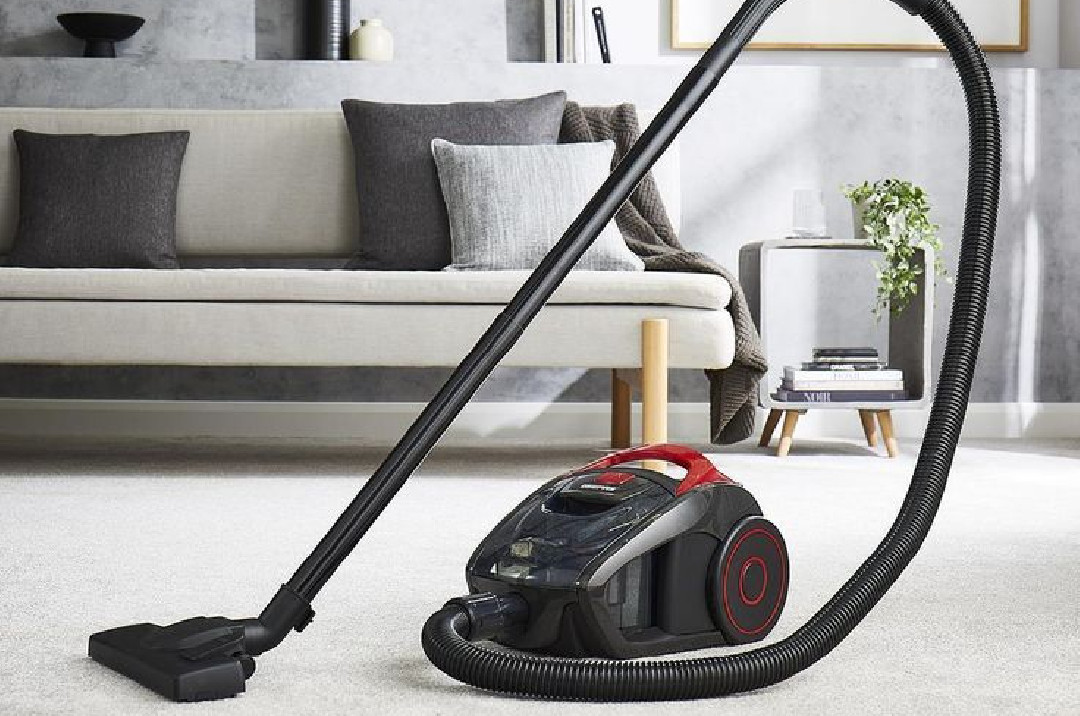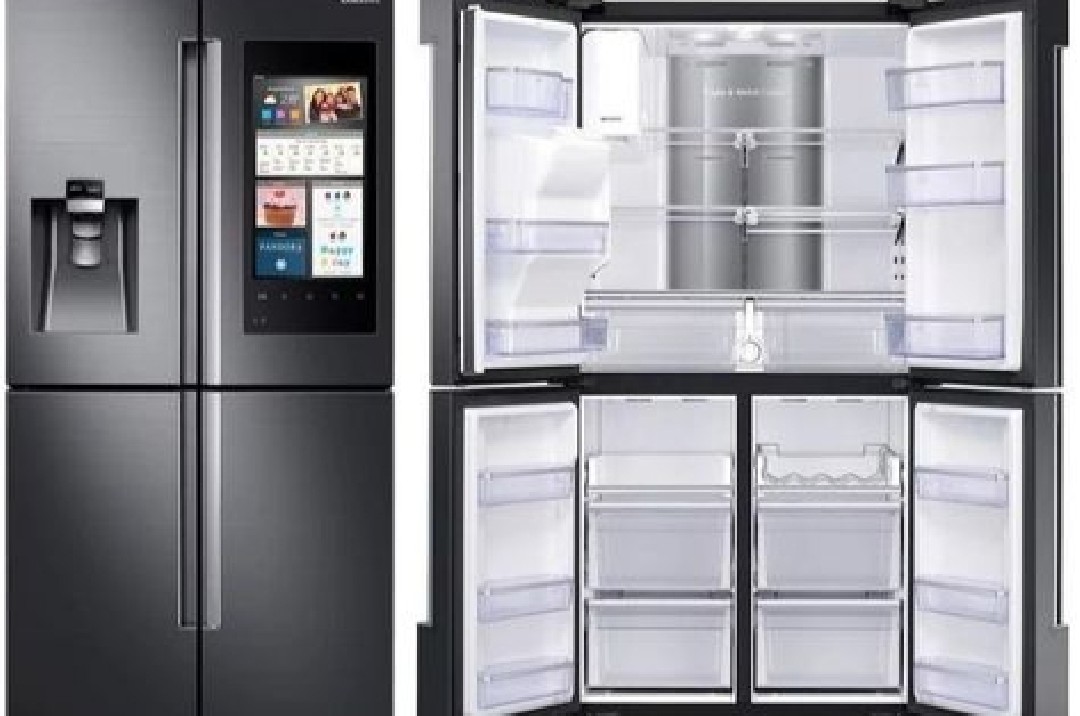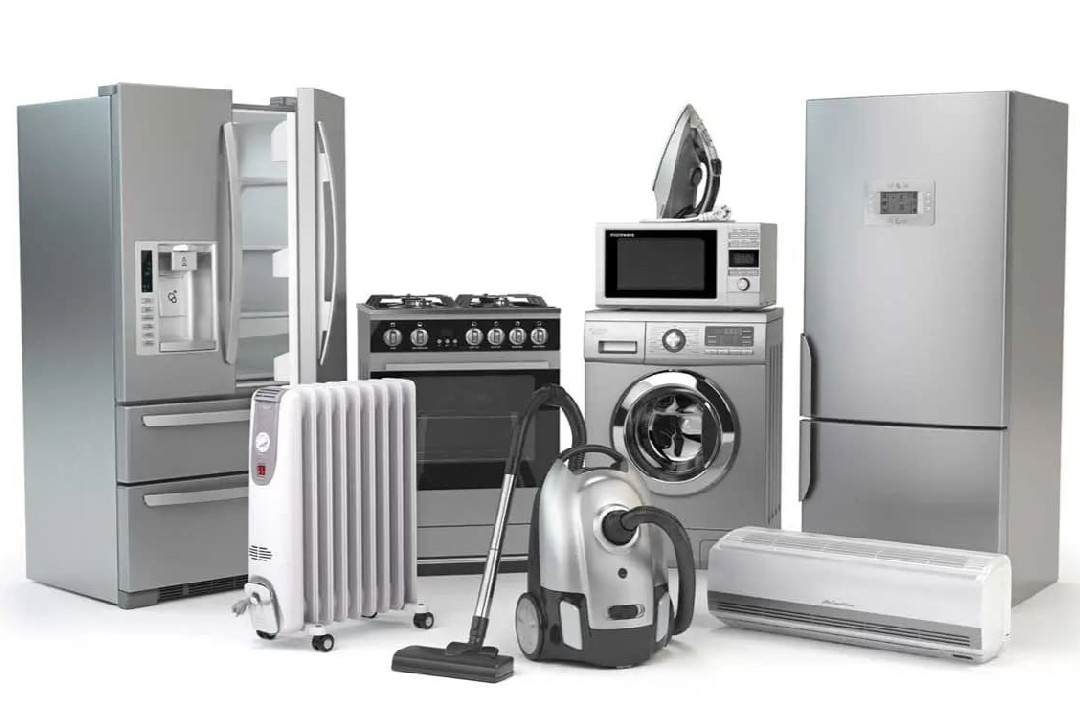8 Energy Efficiency Home Upgrades You Should No Longer Avoid
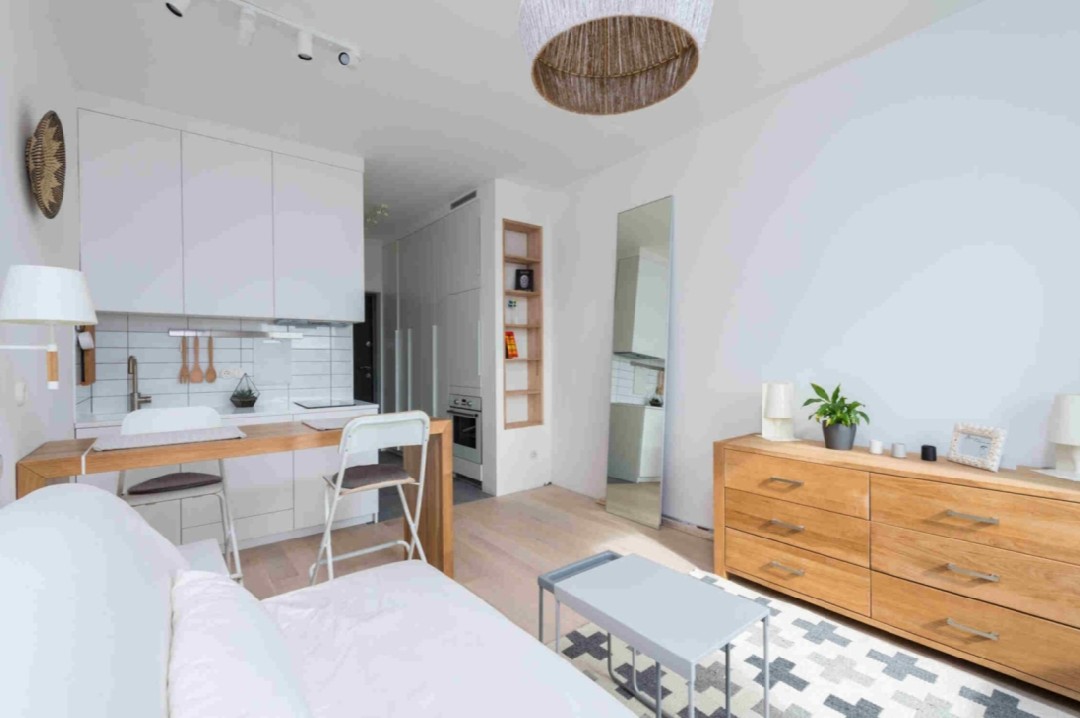
source: pexels.com
With energy costs rising, homeowners need to look for ways to make their homes more energy-efficient to save money on utility bills. Implementing energy efficiency upgrades can lower your home's energy use, reducing energy costs by up to 25%, according to the U.S. Department of Energy. Not only do energy efficiency upgrades save you money every month, but they can also increase the comfort and air quality of your home. Many of these upgrades also raise the value of your home when you want to sell.
Upgrading the energy efficiency of your home may seem challenging, but it doesn't have to be with the right information. This article will discuss eight impactful energy efficiency upgrades you should consider for your home.
Increase Insulation.
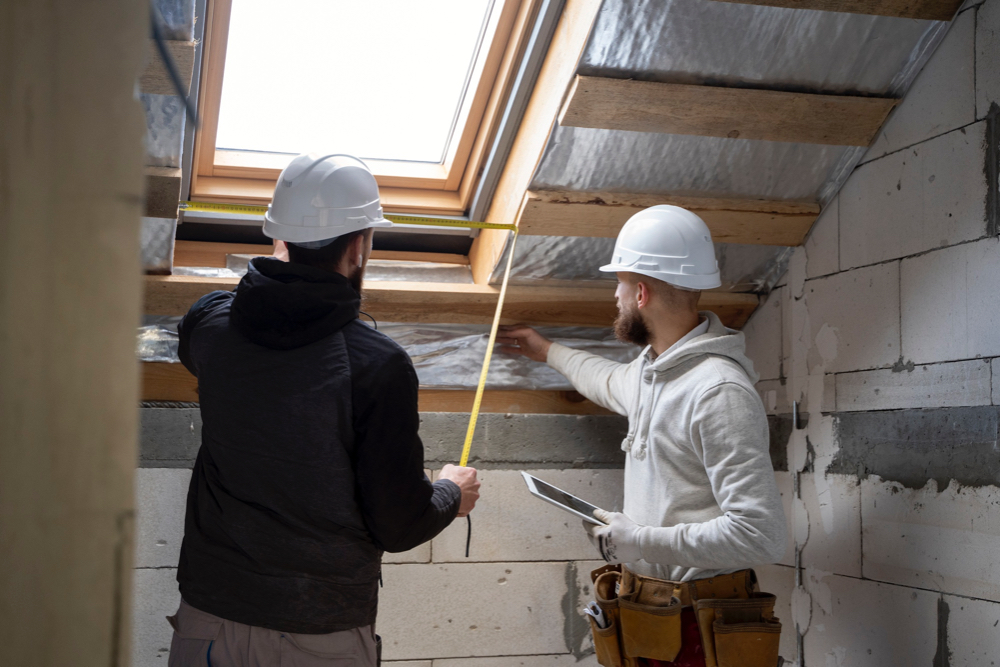
source: freepik.com
One of the easiest and most effective ways to boost your home's energy efficiency is to add insulation. Insulation keeps warm or cool air from escaping your home. Recommended insulation levels have increased over the years as energy codes have become more stringent. If your home was built before 2000, it could benefit from additional insulation. Focus first on insulating exterior walls, ceilings, and floors over spaces without air-conditioning, like garages or basements. Blown-in fiberglass and cellulose are common types of insulation to use. According to the Department of Energy, insulating your home can reduce heating and cooling costs by 15% or more. The upfront cost of insulating will pay for itself in energy savings within a few years.
Upgrade Windows.

source: bramblefurniture.com
Windows can be a major source of heat loss in the winter and heat gain in the summer. Replacing old, inefficient windows with new energy-efficient models can drastically reduce energy costs. Companies like Pro Home 1 Inc specialize in offering energy-efficient window solutions tailored to your home's specific needs. Their expertise ensures that homeowners receive the best options to enhance their property's energy savings. Always choose Energy Star-certified windows, which are independently certified to meet strict energy efficiency guidelines for your climate zone. As stated by the Department of Energy, the right energy-efficient windows can reduce overall heating and cooling costs by 12%.
Upgrade HVAC Equipment.
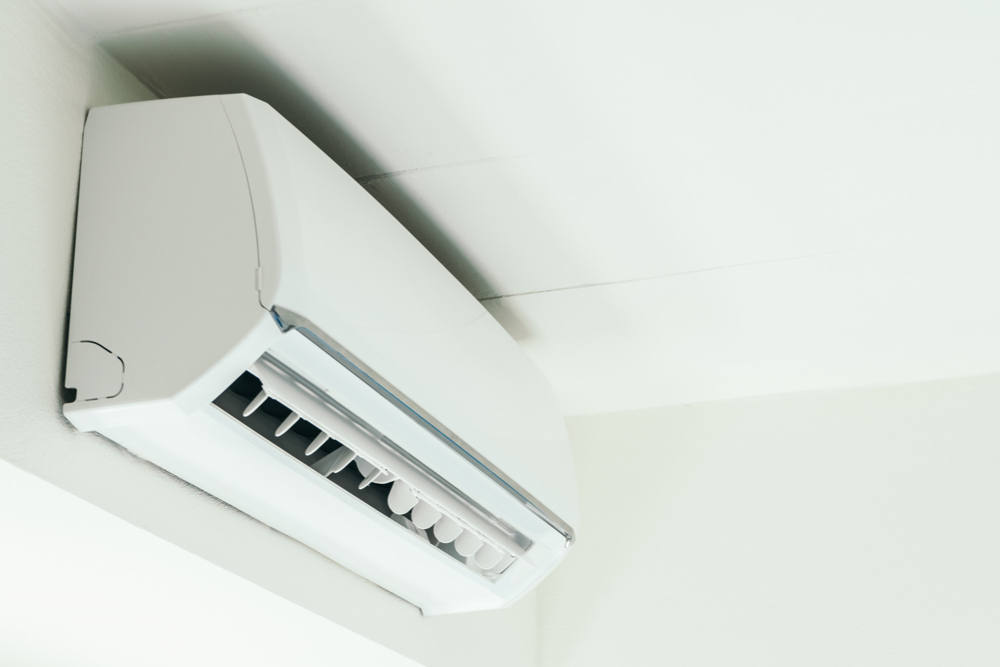
source: freepik.com
Heating and cooling account for over half of a typical home's energy costs. These costs can be reduced by 30% with a high-efficiency system. If your heating and cooling equipment is over ten years old, it’s time to consider replacing it with an Energy Star-certified model. Proper sizing is key - an oversized unit will cycle on and off frequently, wasting energy. Ductwork should also be considered - sealing and insulating ducts can improve HVAC efficiency. Also, consider other energy-saving features like programmable thermostats and ventilating fans.
Upgrade Lighting.
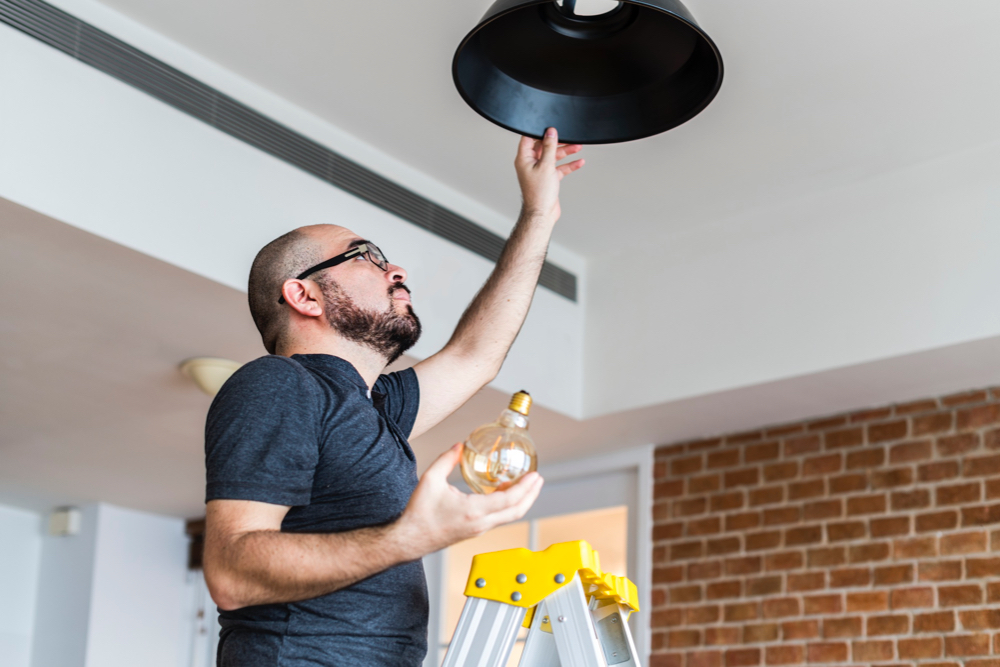
source: freepik.com
Replacing old incandescent bulbs with LED lighting is one of the fastest ways to reduce energy costs. LED bulbs use at least 75% less energy and last 25 times longer than incandescent bulbs. Replacing the bulbs in high-use fixtures first will lead to the biggest savings. Consider adding lighting controls like occupancy sensors and dimmers to save even more. Don't forget about hardwired lighting, too. Swapping out halogen and CFL fixtures for LED can make a significant dent in home energy use. Switching entirely to LEDs can reduce lighting energy use by 75%, according to The Department of Energy.
Install Smart Thermostat.
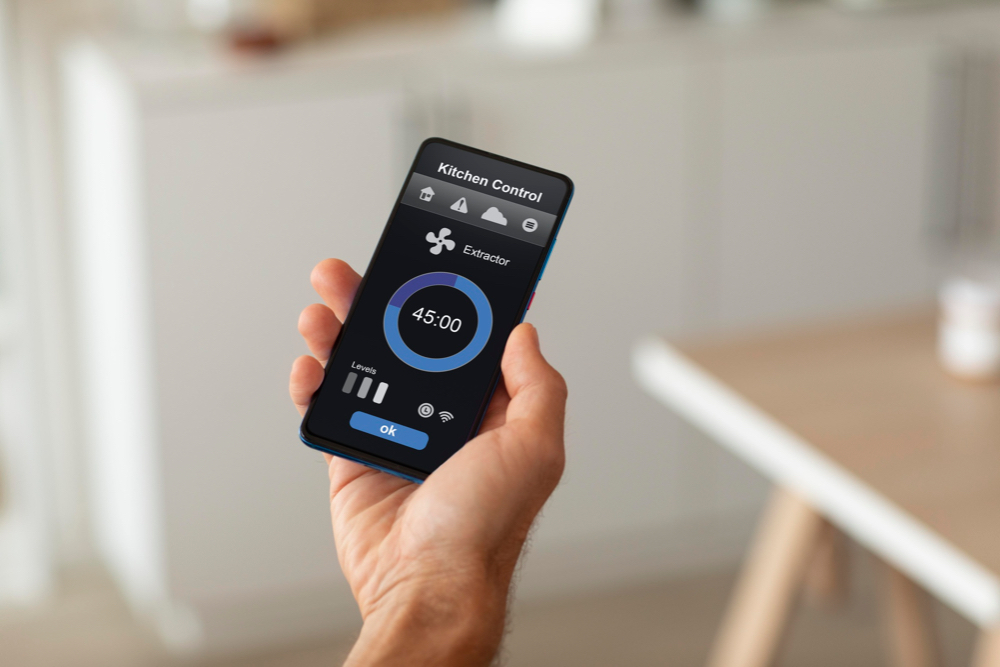
source: freepik.com
A smart thermostat like the Nest or Ecobee learns your schedule and preferences and adjusts the temperature automatically to save energy. With smart features like geofencing, voice control, and remote access, these thermostats make it convenient to control your home's temperature from anywhere. Studies by Energy Star found that households save 10% on average by using a smart thermostat. Smart thermostats also integrate with other smart devices to optimize efficiency. For example, you can set your thermostat to switch off when sensors detect that windows are open. The energy savings and convenience make a smart thermostat a worthwhile upgrade.
Replace Appliances.
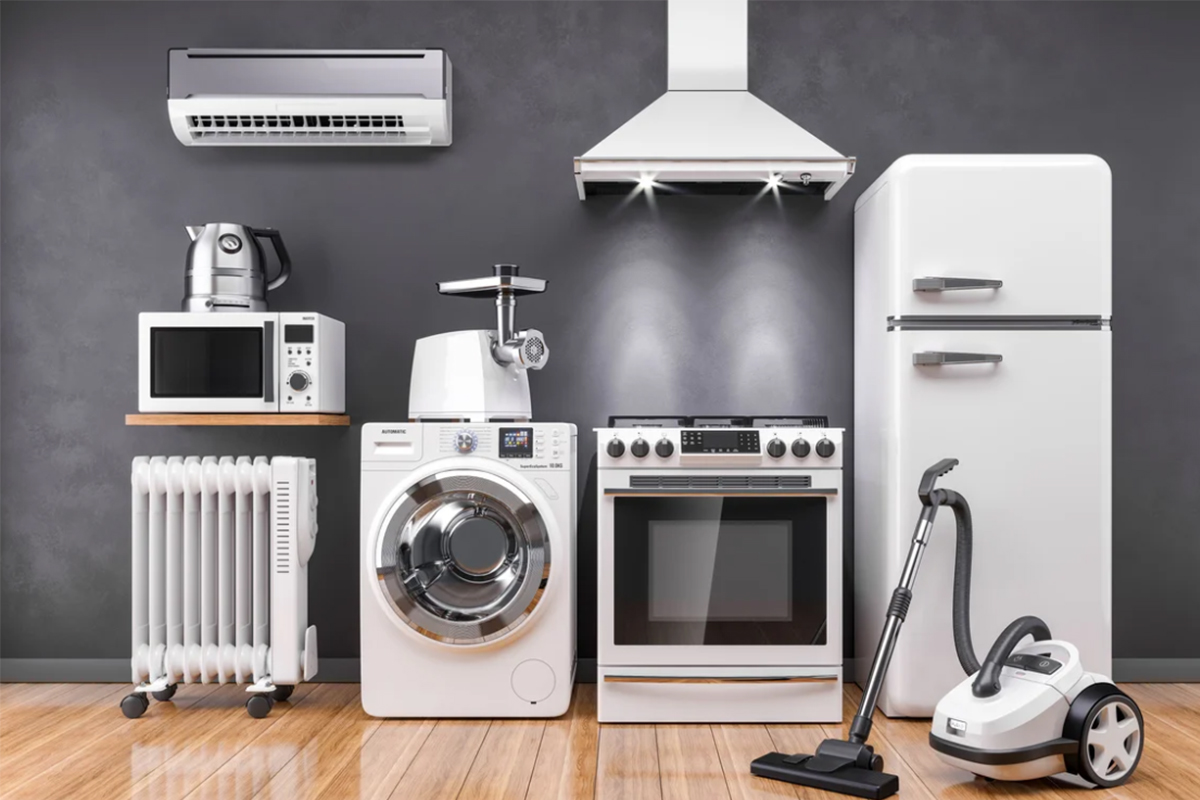
source: intero.com
When it's time to replace appliances, look for Energy Star models, which are 10-50% more efficient than standard models. Energy Star refrigerators, dishwashers, and clothes washers incorporate advanced technologies like variable speed motors and heat pump drying to maximize efficiency. Even small kitchen appliances like coffeemakers and microwaves are now available with Energy Star ratings. Replacing old appliances with Energy Star models ensures you’re getting the most energy-efficient products on the market.
Add Exterior Shading.
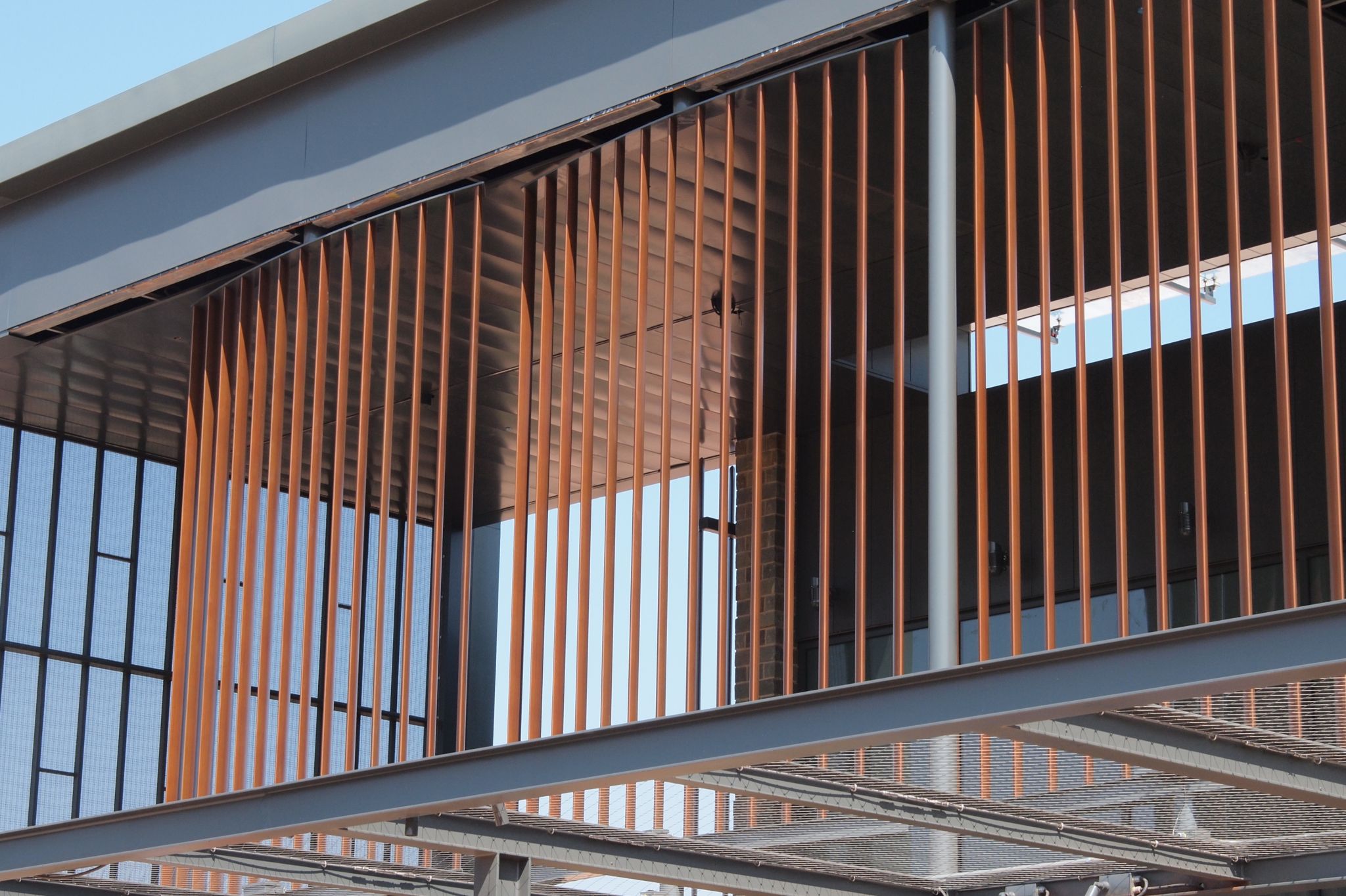
source: constructionspecifier.com
Strategically placed exterior shading over your home can reduce cooling costs by blocking solar heat gain. A well-designed overhang can shade windows from peak summer sun, lowering air conditioning demand. Solar screens, exterior blinds, and smart tinting are other options to consider. You can also plant trees for additional shade. Exterior shading should be tailored to your climate and positioned correctly based on the sun's path.
Schedule an Energy Audit.

source: freepik.com
If you aren't sure which upgrades to tackle first, consider scheduling an energy audit. An energy auditor will assess your home's insulation, air sealing, HVAC system, appliances, lighting, windows and more. The auditor will use diagnostic tools like blower doors and infrared cameras to identify areas for improvement. At the end of the audit, you'll receive a detailed report summarizing recommended energy efficiency upgrades for your home. Often, auditors provide a prioritized list of upgrades based on cost-effectiveness. Audits also calculate potential energy savings to help you estimate payback periods. Typically, energy audits cost $400 but are well worth the expense.
Conclusion.
Improving your home's energy efficiency is one of the smartest ways to lower energy costs and increase comfort. While upfront costs can seem high for major upgrades like HVAC systems and windows, the long-term energy savings make the investment worthwhile. Many upgrades like LED lighting and programmable thermostats provide rapid payback in just a few years. Follow the prioritized list in this article to determine which energy efficiency upgrades offer the best return for your home. Start with more affordable improvements like air sealing, insulation, lighting, and thermostats. Then, move on to improvements that require a hefty budget, such as replacing heating and cooling equipment, water heaters, appliances, and windows. Every upgrade brings you closer to an energy-efficient home that saves money and energy for years to come.


